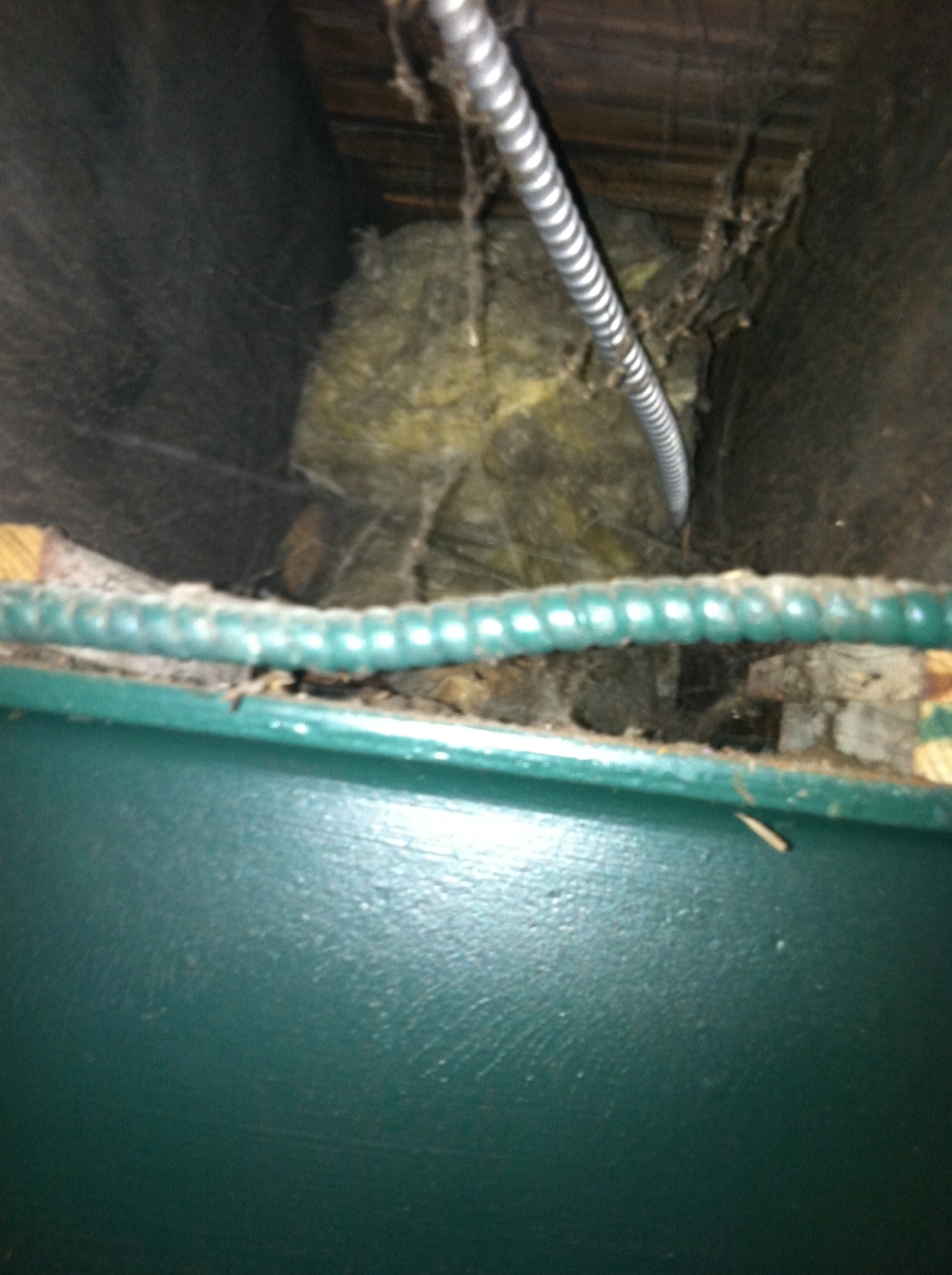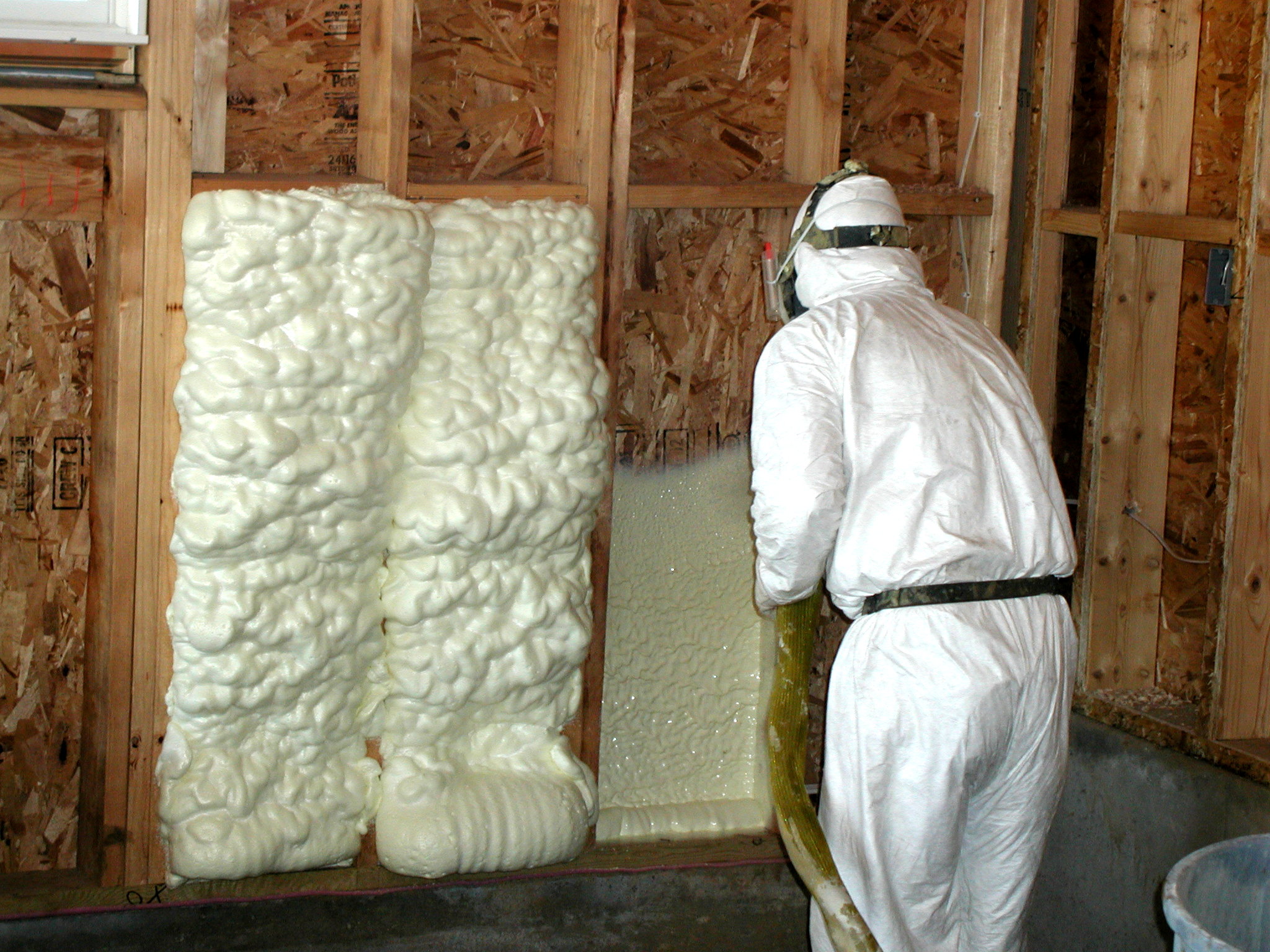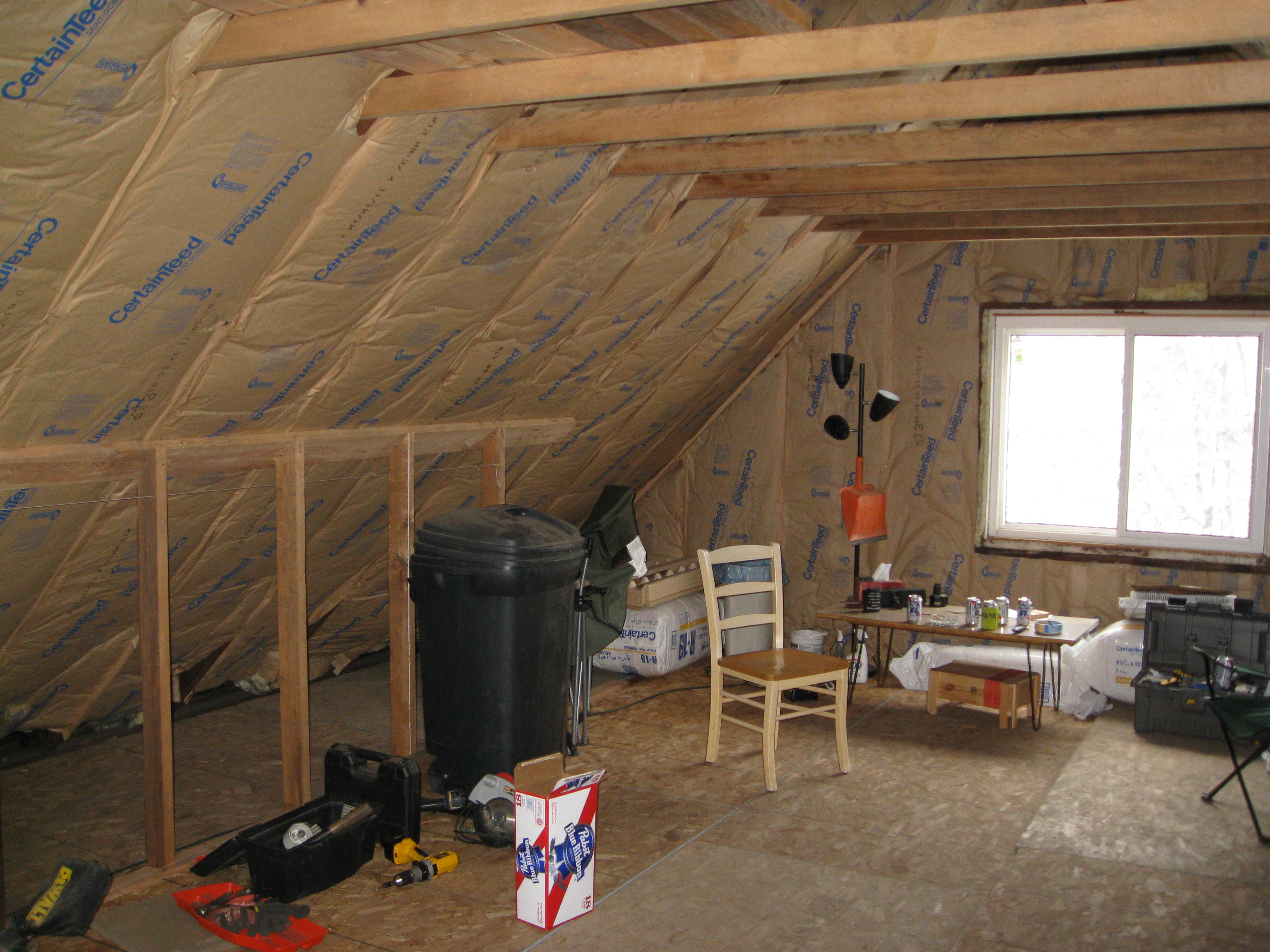Floor Insulation at the Duquesne Incline in Pittsburgh
Sometimes you just can’t turn it off. I just have to analyze buildings.*

After a very stressful couple of weeks, my wife and I took our 4-month-old daughter to Pittsburgh for a little R&R. We happened upon the Duquesne Incline while trying to figure out how to see a 40 foot tall rubber duckie.
The incline is a cool ‘train’ that goes up a mountain at about a 45 degree angle. For 50 cents, you can go through their ‘working museum and see all the pulleys and gears and motors in action. I’m fascinated by old machinery, and a little cheap, so in we went.

As I got to the bottom of the stairs to see the inner workings, I looked up and saw fiberglass insulation in the floor:
In my world, if you see if you see insulation jammed somewhere, it means there is a comfort problem – a room is too hot or too cold and someone tried to fix it.
There are 2 problems with this installation, though:
1. The insulation is not fully in contact with the floor.
2. There is no air barrier, so cold air can still get to the floor.
Let’s get into the weeds a little:
First, if insulation is not touching the thing it is trying to insulate, it doesn’t work. The effective R-value is 0. Picture wearing a winter coat with little sticks around the inside holding it 3″ off of your body. Would it work? Of course not, the air would blow in and freeze you out, the coat has to be touching you and well sealed (zipped.) Same deal here. This same issue happens a lot in bonus rooms over garages when the insulation is touching the garage ceiling rather than the bonus room floor.
See on the left corner it isn’t touching? It’s not working. Also, the wire on the right is holding the insulation off the joist, meaning there is no R-value. I probably should have taken some better pictures, but hey, I was on vacation!

Second, even if this fiberglass insulation was touching the floor, it is not an air barrier. Fiberglass does not stop airflow. It just filters dirt, as you can see above. If you ever see dirty fiberglass, look for an air leak nearby. R-value for fiberglass is measured in sealed boxes, where it performs just fine. If the box isn’t sealed, like this one doesn’t have a bottom, it doesn’t work well. This could be done with drywall or plywood or something similar, or it could be what I propose in a minute.
OK, Nate, so how do you fix this?
Darn it, you had to ask for a solution, didn’t you? Can’t I just be like the folks in DC, which is shut down as I write this, and just whine and say no and that you’re an idiot? =) (Yes, I just used a smiley face in my blog.)
Alas, my job is to fix things, not obfuscate and dodge questions. First off, this building has major issues and a very strange thermal enclosure – there is a big hole about 2′ x 8′ that the cables go through and a very confused thermal boundary (that means where the outside stops and the inside begins.) So for starters they could use an energy audit with some time spent on how to deal with the whole building, not just a band aid.
That said, we’re talking about a band aid here. Since this area is open to the outdoors, the floor itself needs to be insulated. If it was a crawlspace I would deal with the walls instead, most likely.
While I hate to recommend it where it can be seen on a National Historic Register building like this, I think spray foam is the answer in this instance.
It would cover the floor joists as well and prevent them from being a thermal break (like the fins on the engine of a Harley Davidson or old VW/Porsche help cool the engine, the floor joists would act the same way if not insulated.) It also provides both insulation and an air barrier at the same time.
Again, I’d rather go through the building with a fine toothed comb in an energy audit to actually fix the building and not just one small piece of it. I could tell on that slightly chilly 55 degree fall day that parts were too warm and parts were too cold, so I can only imagine what it’s like when it’s cold and that their energy bills are way out of whack for a building of that size. To me it sucks to pay a lot for energy to be really uncomfortable.
So that’s how I spent a part of my vacation, how about you?
[And now for the blatant pitch – if this is how I think about things during my time off, imagine what happens when I get paid. Would you like to fix your house and not just put a band aid on one or two parts, making it a place you want to live for the rest of your life? Give me a buzz. End blatant pitch.]
* Thanks to Allison Bailes of Energy Vanguard for
1. Also not being able to turn it off as he analyzed the HVAC system at Quaker Steak and Lube Monday night.
2. Encouraging me to write some shorter articles for a change, rather than my usual treatises. I don’t know that I entirely succeeded on this one…
3. Encouraging me to get a post a day out this week. I’ll try at least!
4. Buying dinner as payment for his free taxi ride from the airport to downtown Pittsburgh.
Get the HVAC Guide

It's free! Make buying a new furnace, air conditioner, or heat pump less stressful.










